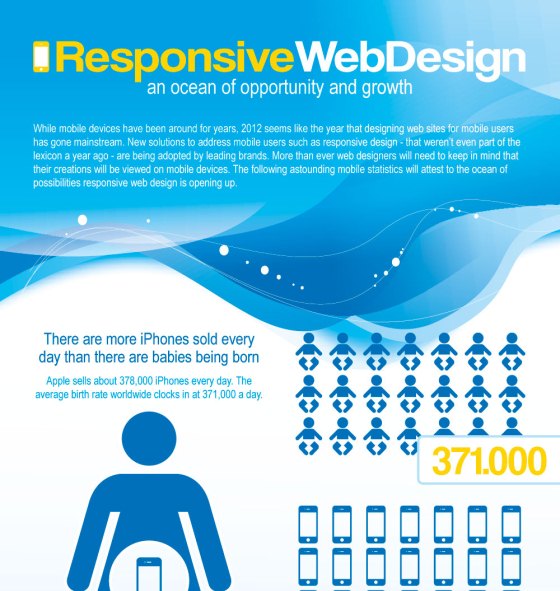Fascinated In Discovering How Web Site Layout Has Altered Throughout The Years? Explore The Progression From Basic, Uncomplicated Styles To User-Centered Techniques That Prioritize The Requirements And Preferences Of On The Internet Visitors
Fascinated In Discovering How Web Site Layout Has Altered Throughout The Years? Explore The Progression From Basic, Uncomplicated Styles To User-Centered Techniques That Prioritize The Requirements And Preferences Of On The Internet Visitors
Blog Article
Uploaded By-Asmussen Gibbons
In the past, web sites were basic and concentrated on details. Navigating was direct, and layout was for desktops. Now, user experience is crucial. Data guides designs for easy navigation. Receptive formats fit different gadgets. Today, dark setting decreases pressure, and minimal food selections improve navigation. Interactive functions engage users, and vibrant visuals stand apart. AI combination increases interaction. See just how layout has progressed to enhance your on-line journey.
Early Days of Web Design
In the very early days of website design, simpleness reigned supreme. Web sites were standard, with minimal shades, font styles, and designs. The focus got on offering information instead of flashy visuals. Individuals accessed the internet through sluggish dial-up links, so rate and capability were key.
Navigating menus were straightforward, generally situated at the top or side of the web page. Sites were developed for desktop computers, as mobile surfing had not been yet common. Content was king, and developers focused on simple readability over intricate layout elements.
HTML was the key coding language utilized, and developers needed to work within its restraints. Animations and interactive functions were minimal contrasted to today's requirements. Sites were static, with little dynamic material or tailored individual experiences.
Increase of User-Focused Layout
With the advancement of web site style, a change towards user-focused design principles has actually ended up being significantly popular. Today, creating websites that prioritize individual experience is crucial for engaging visitors and accomplishing service goals. User-focused design entails recognizing the demands, preferences, and actions of your target market to tailor the website's layout, web content, and features as necessary.
website design and development perform detailed research, such as customer surveys and functionality screening, to gather understandings and responses directly from individuals. This data-driven strategy helps in creating instinctive navigating, clear calls-to-action, and visually enticing user interfaces that reverberate with site visitors. By placing the customer at the facility of the style procedure, internet sites can deliver an extra individualized and satisfying experience.
Receptive layout has likewise become a vital element of user-focused design, making sure that sites are enhanced for different devices and screen sizes. This versatility improves accessibility and use, catering to the varied means users interact with sites today. Basically, site ada compliance of user-focused layout signifies a shift towards developing electronic experiences that prioritize the requirements and expectations of completion customer.
Modern Trends in Website Design
Explore the most up to date trends shaping web design today. One noticeable fad is dark setting style, providing a streamlined and modern-day look while lowering eye strain in low-light settings. Another crucial trend is minimal navigating, streamlining food selections and enhancing customer experience by focusing on essential elements. Incorporating micro-interactions, such as computer animated buttons or scrolling effects, can create a much more engaging and interactive website. Responsive design stays critical, ensuring seamless user experiences across different devices. Furthermore, utilizing bold typography and unbalanced designs can include visual interest and accentuate certain material.
Incorporating AI innovation, like chatbots for customer assistance or personalized recommendations, improves individual involvement and streamlines procedures. Access has additionally end up being a considerable fad, with developers prioritizing inclusive layout techniques to deal with varied individual needs. Welcoming sustainability by enhancing website performance for rate and performance is one more arising trend in website design. Teaming up with user responses and data analytics to repeat and boost style continually is crucial for remaining appropriate in the ever-evolving digital landscape. By accepting these contemporary trends, you can create a visually enticing, straightforward web site that reverberates with your audience.
Final thought
As you assess the advancement of web site design from the very early days to now, you can see just how user-focused design has actually become the driving pressure behind modern-day fads.
Welcome the trip of modification and adaptation in website design, constantly keeping the customer experience at the forefront.
Remain existing with the most up to date patterns and innovations, and never quit progressing your approach to develop aesthetically magnificent and user-friendly web sites.
Evolve, adapt, and develop - the future of website design is in your hands.
